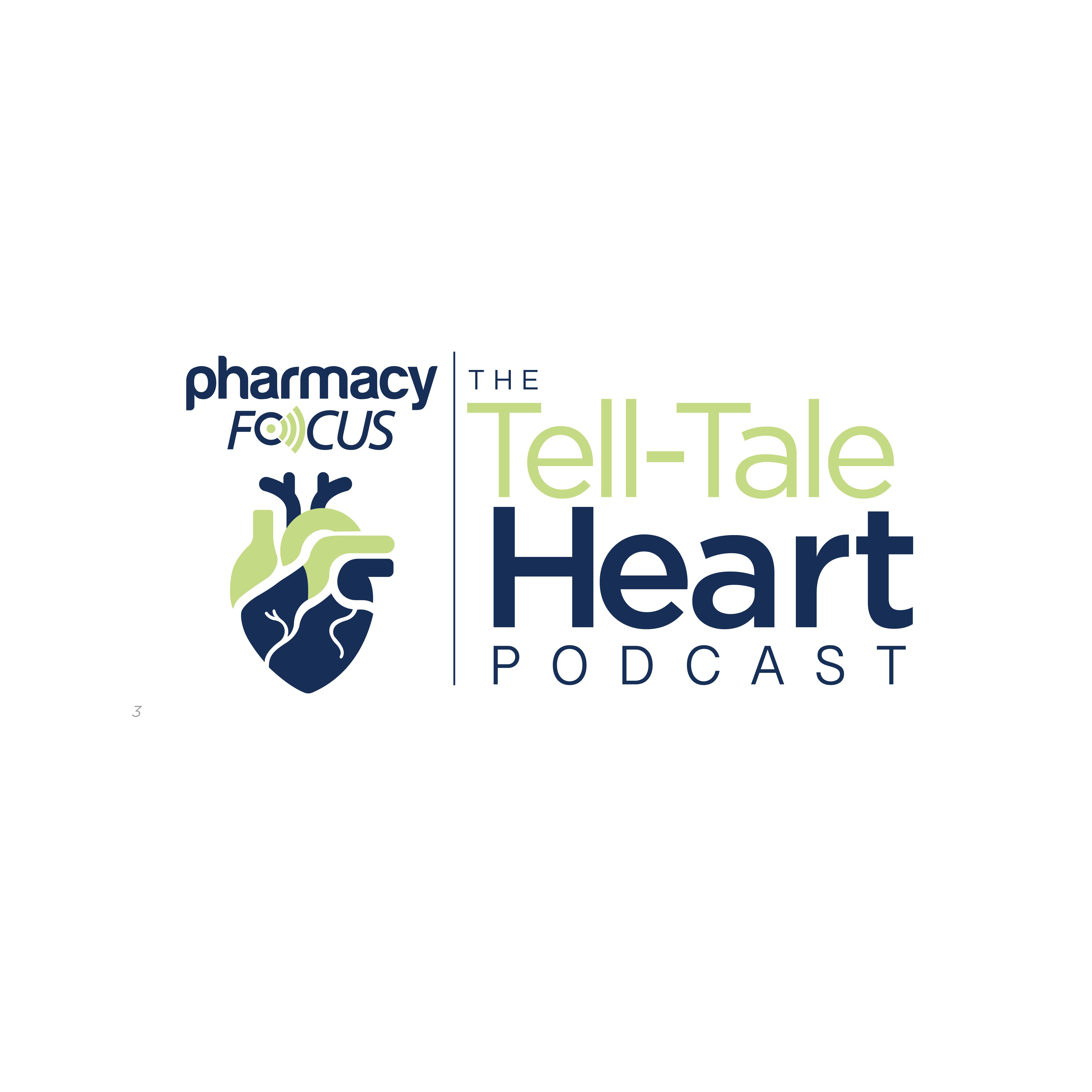An executive order is a directive from the president of the United States that manages federal government operations.1 Although these may be unfamiliar to the general public, at least 1 executive order has been issued by every American president, totaling 13,731 since George Washington took office in 1789.1
Historically, some presidents have used this approach for extremely high-profile changes. For instance, Abraham Lincoln issued an executive order that came to be known as the Emancipation Proclamation to free enslaved people in the US, and Harry Truman issued an executive order to integrate the military.2
About the Authors
Taylor J. Williams, PharmD, MPA, is director of government affairs for the Kentucky Pharmacists Association in Frankfort.
Joseph L. Fink III, JD, DSc (Hon), BSPharm, FAPhA, is professor emeritus of pharmacy law and policy as well as former Kentucky Pharmacists Association Professor of Leadership at the University of Kentucky College of Pharmacy in Lexington.
During the first 2 weeks of his second term, President Donald J. Trump signed nearly 40 executive orders.2 His favoring of this approach may reflect the fact that executive orders are one of the most expedient options to alter federal policies, priorities, and operations.3 Executive orders present a very direct path for a new president to set policy and avoid waiting for Congress to consider and enact a statute.
Executive order directives are typically used to shape federal agencies and manage employees in the executive branch. They can establish internal policies and priorities for agencies, issue guidance to agency staff, and facilitate response to emergencies. They must be rooted in one of the president’s powers as outlined in the Constitution or in a congressionally enacted statute.4
If an entity or individual wishes to challenge an executive order, this can be done through the federal courts. Initially, a federal court can issue a temporary restraining order (TRO) for a short-term pause in implementing the directive, which can freeze things so the court has time to review the matter more fully. A TRO is a temporary solution to the issue, and issuance does not always require a hearing.
The next level up the legal ladder is a preliminary injunction with the goal of restraining a party from doing something to preserve the status quo of the situation. To convince the court to issue such an order, the party must convince the judge that irreparable harm will result if matters are allowed to proceed as planned. It is helpful to think of a TRO as a short-term pause, whereas a preliminary injunction is a longer-term hiatus. Another important distinction between the 2 is that a TRO is generally not subject to review by an appellate court, but a preliminary injunction is reviewable on appeal.5 An executive order can be changed as a result of court decisions, retractions by the president, or reversals by Congress.4
Disclaimer
The information in this column is intended for educational use and to stimulate professional discussion among colleagues. It should not be construed as legal advice. There is no way such a brief discussion of an issue or topic for educational or discussion purposes can adequately and fully address the multifaceted and often complex issues that arise in the course of professional practice. It is always the best advice for a pharmacist to seek counsel from an attorney who can become thoroughly familiar with the intricacies of a specific situation and render advice in accordance with the full information.
It is important to bear in mind that the president is head of the executive branch with countervailing powers vested by the Constitution in the legislative and judicial branches as well. Executive orders cannot override federal statutes enacted by Congress but can be used by the president to direct how an executive branch agency is to implement the provisions in a statute.2 If the president were to order governmental agencies to take actions contrary to the provisions in the Constitution or directives that are in violation of federal statutes, that would constitute the misuse of an executive order2 and could lead to a review by the courts through a legal challenge.
REFERENCES
1. What is an executive order? American Bar Association. January 25, 2021. Accessed March 27, 2025. https://www.americanbar.org/groups/public_education/publications/teaching-legal-docs/what-is-an-executive-order-/
2. Anders C. What is an executive order and how does it work? American Civil Liberties Union. February 4, 2025. Accessed March 27, 2025. https://www.aclu.org/news/privacy-technology/whatis-an-executive-order-and-how-does-it-work
3. Executive orders and presidential transitions. Congressional Research Service. July 30, 2024. Accessed March 27, 2025. https://www.congress.gov/crs-product/IF12724
4. Executive orders & public health practice: FAQs. Act for Public Health. February 21, 2025. Accessed March 27, 2025. https://actforpublichealth.org/executive-orders-faqs/
5. Chemerinsky E. Chemerinsky: SCOTUS likely to revisit president’s power to fire executive branch officials. American Bar Association Journal. February 26, 2025. Accessed March 27, 2025. https://www.abajournal.com/columns/article/chemerinsky-supreme-court-likely-to-revisit-whether-president-can-fire-executive-branch-officials-without-limitations








